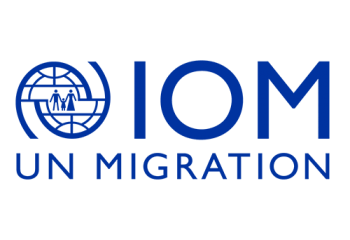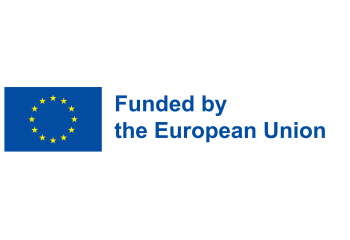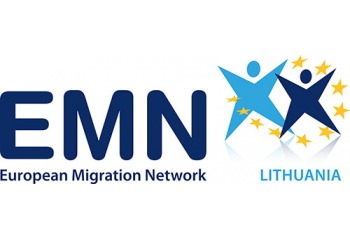News
Bilateral readmission agreements: what benefits do the EU Member States receive from applying these agreements?
What bilateral readmission agreements exist between EU Member States, Norway and third countries to facilitate the return of migrants staying irregularly on the EU territory? This EMN inform aims to map these agreements and understand how they work.
Little is known about how bilateral readmission agreements influence the return of irregular migrants, including asylum applicants whose claims were rejected. Seeking to contribute to closing this knowledge gap, a new EMN inform updates and expands the existing information on the subject, notably the inventory of Professor Cassarino, which provides a comprehensive overview of bilateral readmission agreements between EU and European Free Trade Association (EFTA) countries since 1950, and the 2014 EMN study on "Good practices in the return and reintegration of irregular migrants".
The inform, specifically focuses on the bilateral readmission agreements negotiated, signed, or entered into force in the period 2014-2020. The inform is accompanied by a detailed the inventory which updates the inventory of professor Cassarino by mapping bilateral readmission agreements, implementing protocols and memorandum of understanding which are negotiated, signed or entered into force between 2014-2021.
Readmission agreements are formal instruments to facilitate cooperation between two (or more) countries involved in the readmission process of the nationals of one country into the territory of the other. The inform shows that the number of bilateral readmission agreements concluded between EU Member States, Norway and third countries is proportional to the relevance of those third countries to migration management of the EU Member States or Norway.
Examining the effectiveness of bilateral readmission agreements, the inform finds that they contribute to higher numbers of returns and smoother return operations, whilst also enhancing cooperation with third countries. EU Member States in most cases assess the implementation of bilateral agreements on ad hoc basis as part of meetings with third countries. A more systematic approach to monitoring and evaluation across the EU Member States and Norway may help to better assess and compare the effectiveness of these agreements.
Whist overall EU Member States and Norway did not report encountering major challenges in the implementation of bilateral readmission agreements, some raised concerns about the timely production of documentation and identity verification. Another challenges concerned the implementation of the ‘third-countries clause’ or the negotiation of new agreements containing this clause.
Link:EMN Inform (EN)
Inventory on Bilateral Readmission Agreements signed by or entered into force in EU Member States in 2014-2021 (EN)



